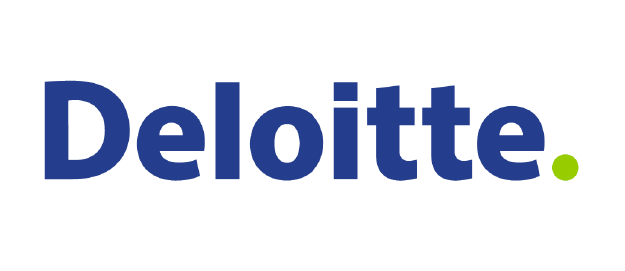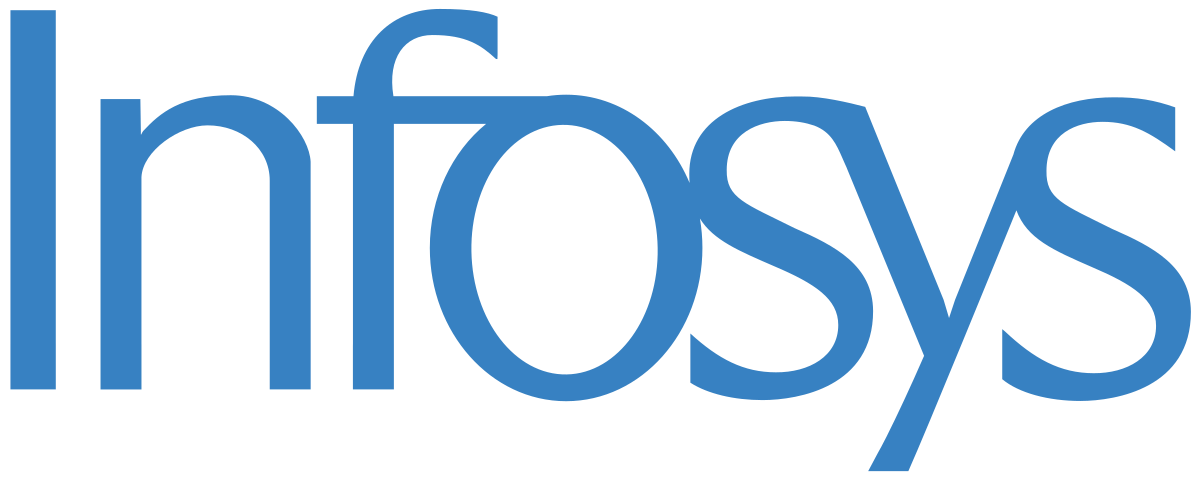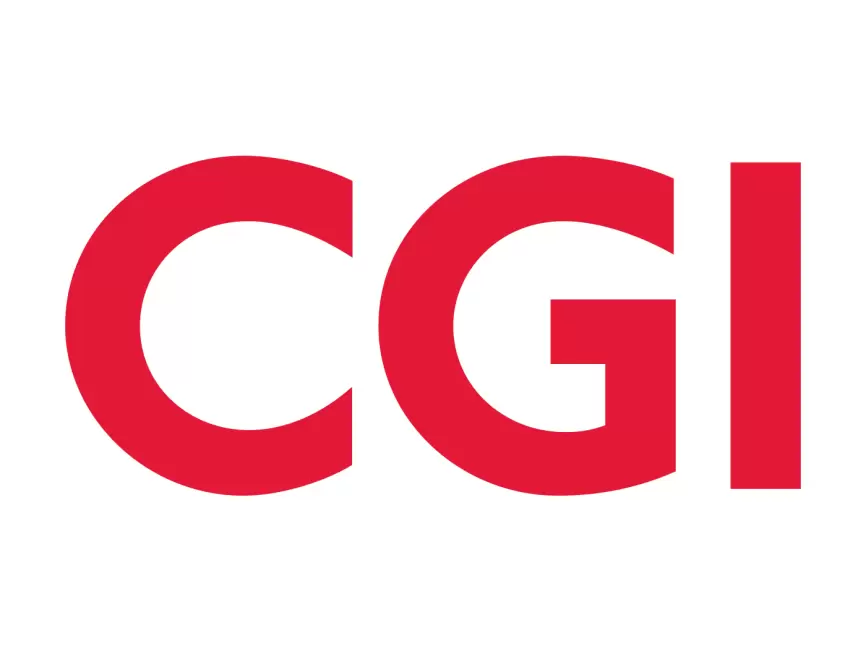React JS

React JS Course
React.js Course Curriculum
Lesson 1: JavaScript Basics
- JavaScript Statements and Keywords
- Writing JavaScript Programmes
- JavaScript Operators and Functions
Lesson 2: Function Parameters and Return Types
- Defining Functions
- Using Parameters
- Returning Values from Functions
Lesson 3: Data Types and Primitive Types
- Understanding Data Types
- Working with Primitive Types (String, Number, Boolean, Null, Undefined, Symbol)
Lesson 1: Object-Orientated Programming
- Object Creation
- Adding Properties and Methods to Objects
Lesson 2: JavaScript Loops and Iteration
- For Loop, While Loop, Do-While Loop
- Iterating Over Objects and Arrays
Lesson 3: Advanced Object Operations
- Enumerating Properties
- Callbacks and JSON (JavaScript Object Notation)
Lesson 1: JavaScript Conditional Statements
- If, Else, Else If
- Switch Statements
Lesson 2: Iterating and Enumerating Properties
- For…in, For…of Loops
- Object.keys, Object.values, Object.entries
Lesson 1: What is React?
- Why Use React?
- React Version History
- Comparison: React 16 vs React 15
Lesson 2: Setting Up React
- Using create-react-app
- Anatomy of a React Project
- Running and Debugging Your First React App
Lesson 1: Understanding JSX
- JSX Syntax
- Working with React.createElement
- Embedding Expressions in JSX
Lesson 2: Using JSX Effectively
- Using Logical Operators
- Specifying Attributes and Children
- Using Fragments
Lesson 1: Component Architecture
- Significance of Component-Based Architecture
- Types of Components: Functional, Class-Based, Pure Components
Lesson 2: Component Composition
- Creating and Composing Components
- Working with State and Props
Lesson 3: State and Props
- Understanding State and Its Significance
- Reading and Setting State
- Passing Data with Props
- Validating Props with PropTypes
- Default Props
Lesson 1: Rendering Lists
- Using React Key Prop
- Iterating with Map Function
Lesson 2: Event Handling in React
- Understanding React Event System
- Synthetic Events
- Passing Arguments to Event Handlers
Lesson 1: Component Lifecycle Methods
- Understanding Lifecycle Methods
- Using Lifecycle Methods in Class Components
Lesson 2: Handling Errors
- Error Boundaries
Lesson 1: Controlled and Uncontrolled Components
- Controlled Components
- Uncontrolled Components
Lesson 2: Handling Form Data
- Using Default Value Prop
- Using React Refs
Lesson 1: Introduction to Context
- What is Context?
- When to Use Context
Lesson 2: Using Context
- Creating and Providing Context
- Consuming Context in Functional and Class Components
Lesson 1: What is Code Splitting?
- Importance of Code Splitting
Lesson 2: Implementing Code Splitting
- Using React.lazy and Suspense
- Route-Based Code Splitting
Lesson 1: Introduction to Hooks
- What are Hooks?
- Why Use Hooks?
Lesson 2: Using Hooks
- estate and use effect Hooks
- Rules of Hooks
- Custom Hooks
Lesson 1: Setting Up React Router
- Introduction to Single Page Applications (SPA)
- Browser Router and Hash Router Components
Lesson 2: Configuring Routes
- Route Component and Switch Component
- Dynamic Routing with Route Params
- Nested Routes
- Navigation with Link and NavLink Components
- Redirect and Prompt Components
- Handling Failed Matches with Pathless Route
Lesson 1: Introduction to Redux
- What is Redux?
- Why Use Redux?
Lesson 2: Core Concepts of Redux
- Redux Principles
- Setting Up Redux
- Creating Actions, Reducers, and Store
Lesson 1: Fetching Data from APIs
- Using Fetch API
- Axios Basics
Lesson 2: Handling API Responses
- Managing Loading States and Errors
- Displaying API Data
Lesson 1: Introduction to Testing
- Importance of Testing
- Types of Tests
Lesson 2: Testing React Components
- Setting Up Testing Environment
- Writing Unit Tests with Jest
- Testing Components with React Testing Library
- Lesson 1: Optimising React Performance
- Memorisation with useMemo and use callback
- Lazy Loading and Code Splitting
- Lesson 2: Profiling React Applications
- Using React Profiler
- Identifying and Fixing Performance Bottlenecks
Lesson 1: Preparing for Deployment
- Building a Production Version of a React App
- Environment Variables
Lesson 2: Deployment Options
- Deploying to Netlify
- Deploying to Vercel
- Deploying to AWS and Heroku
- Project Planning and Implementation
- Developing a Full-Stack Application Using React
- Integrating with a Backend (Node.js, Express, MongoDB)
- Course Review and Q&A
- Final Examination
- Certification and Career Guidance
















